
It was a delight to be able to take some time in the almost miraculously preserved Lake District, the landscape seemingly unchanged from a century ago. The real changes are in the main carefully hidden away: cunningly concealed caravan parks, sensitively expanded hotels and guest houses, visitor attractions built of grey slate and tucked behind walls or trees. One change cannot be hidden: the narrow lanes carry twice, no, four times the traffic of thirty years ago, and it travels at murderous speed. Some of the young men in their shiny red cars race along the few straights and around blind bends, trusting and assuming (without thought) that the other driver knows the road as well as them, has the same speed of reaction, and will have space to pass. Given that the other driver may well be a foreigner in a slow, bulky camper van, or old and frail, or talking on the phone, or tired, drunk or just not quite as perfect as the young bloke in his speed-wagon, this may not be justified. Pedestrians and cyclists, too, take their lives in their hands. The park authority ceaselessly balances the conflicting pressures: facilities for the millions of visitors, landscape, wildlife, jobs, houses, schools and shops for the residents, car parking (as pricey as any city in the most popular spots). They have done an admirable job.
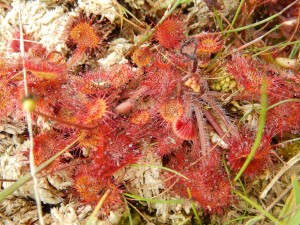
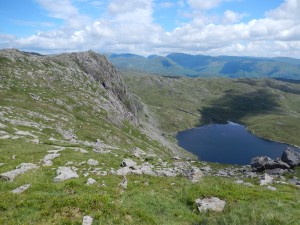
The marvellously clean landscape of rock, grassland and glacial lakes appears so fresh on a fine day that it hardly seems feasible: it is sharper than a diorama illustrating geomorphology, and much more beautiful.
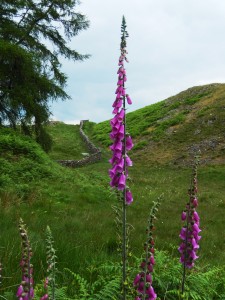
Sometimes the common flowers surprise us with their beauty. These foxgloves stood proud and tall in their hummocky landscape.
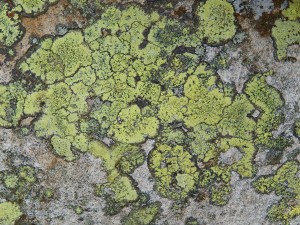
The lime-green of the geographic or map lichen forms delightful maps of imaginary continents on the grey slate.
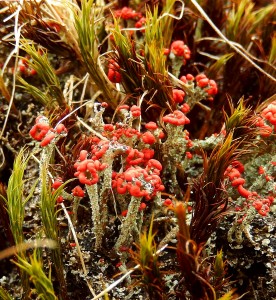
The artist Maurits Escher admired the apparently simple form of mosses and ground-living lichens like the gorgeously coloured Cladonia floerkana: but he quickly realized how complex they were when he started to draw them.
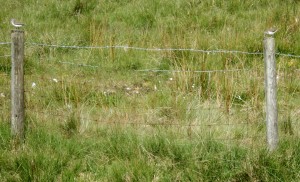
I was happily surprised to see these Common Sandpipers flying about and calling loudly: I really hadn’t expected to see them away from both forests and sizeable bodies of water: clearly, they don’t need much.
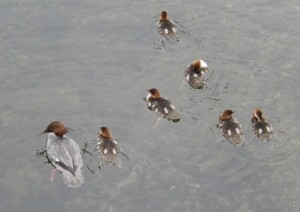
The Goosander is almost a rarity, breeding in not many thousands in Britain; but it is not shy, as this family seen from the bridge over the Rother in Grasmere demonstrates. The ducklings showed off their striking spotted pattern.
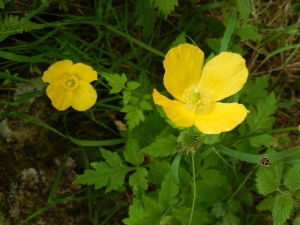
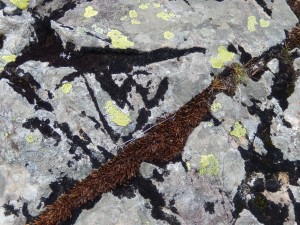
On Yewbarrow in Wasdale, we enjoyed the views of lake and mountain, and glimpsed a Golden-Ringed Dragonfly: not really mistakable for anything else, the size of an Emperor Dragonfly and strikingly black-and-yellow with incomplete rings.
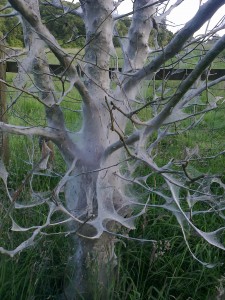
Back at our guest house, Marsh Tits visited the bird feeders, almost as relaxed as the resident Blue Tits. On the Cumbrian Way, walking down to the pub at Skelwith Bridge, we saw this extraordinarily ghostly tree, leafless and covered all over with silk, lightly decorated with caterpillar frass. The poor tree had been totally defoliated by the tent caterpillars. Since I doubt the Gypsy moth has reached the Lake District yet, this might be a Processionary moth, perhaps.
